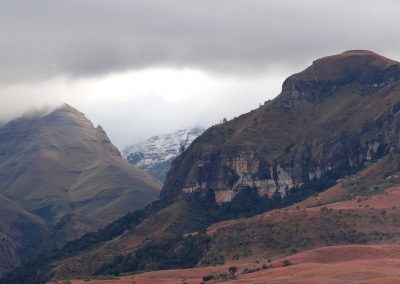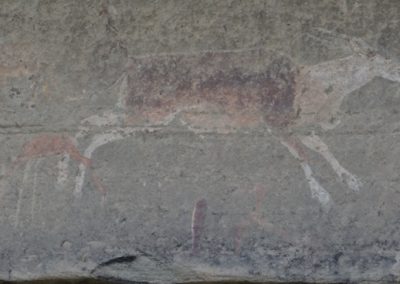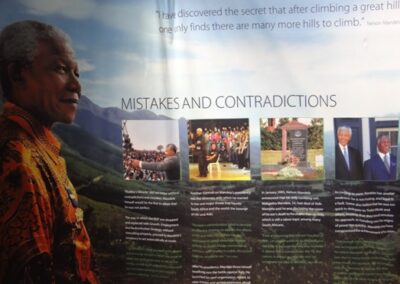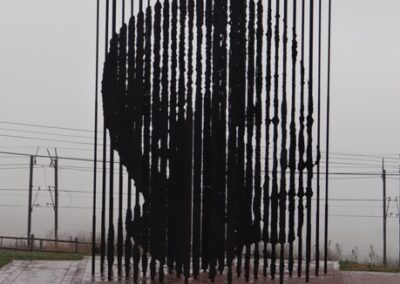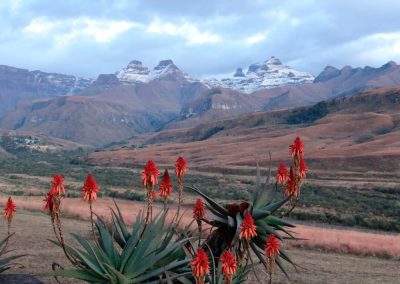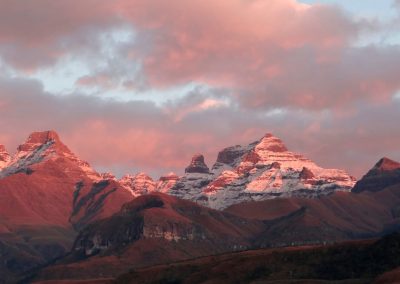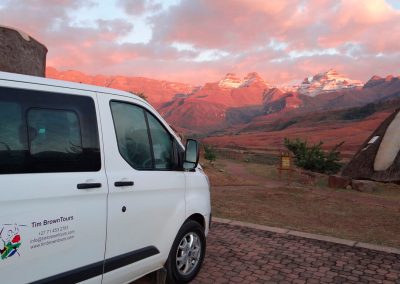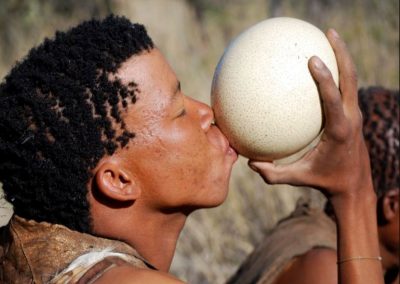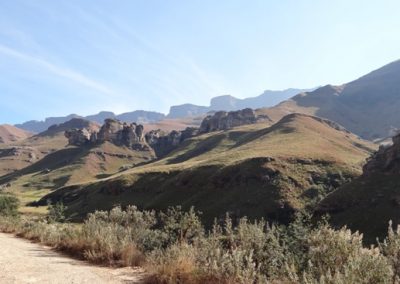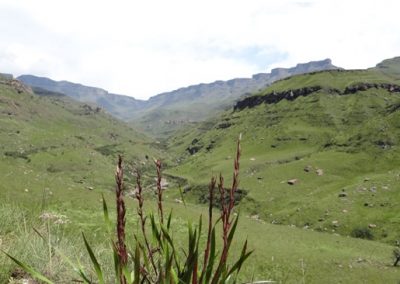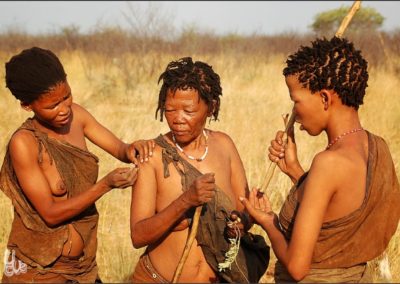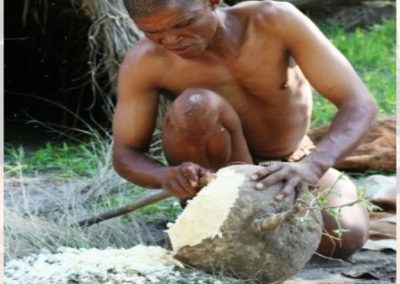Drakensberg Mountains & KwaZulu Natal Midlands – Day Tour
Drakensberg Mountains & KwaZulu Natal Midlands Day Tour
Drakensberg Mountains & KwaZulu Natal Midlands Day Tour
R 2 950 per person based on a minimum of 2 Clients.
R 5 300 Solo Traveler rate
OVERVIEW
The majestic, mostly untouched mountain range, the Drakensberg will be the main focus of this tour. We will be visiting sites of San-Bushman Rock Art, some of which date back 28000 years. The Drakensberg: Africa’s highest mountain range south of Kilimanjaro, and the largest and most concentrated series of rock art paintings in Africa – making it a World Heritage site of both natural and cultural significance.
Both the Zulu name uKhahlamba (barrier of spears) and the Afrikaans name Drakensberg (Dragon mountain/Peak) fit the formidable horizon created by the range situated just outside Durban, KwaZulu-Natal. A massive basaltic cap set on a broad base of sedimentary rocks belonging to the Stormberg series of 150 million years ago, the mountains are South Africa’s main watershed. For more than 4000 years they were home to the indigenous San/Bushmen people, who created a vast body of rock art – the largest collection in Africa. “The site’s diversity of habitats protects a high level of endemic and globally threatened species, especially birds and plants.”
The second part of our Tour we drive through the KwaZulu Natal Midlands to the Nelson Mandela Capture Site and Apartheid Museum:
On 5 August 1962, police waved down a car on a lonely country road in KwaZulu-Natal. At the wheel was Nelson Mandela, posing as a chauffeur, and his arrest was the catalyst for a series of trials, culminating in the Rivonia Treason Trial that would ultimately see him spending 27 years in prison. Today the site is marked by an impressive sculpture.
We then make our way into Howick a quaint town with and interesting history, here we will view the Howick Falls a 100 meter drop.
According to local legend, the pool at the bottom of the falls is the residence of the Inkanyamba, a giant serpent-like creature. According to folklore only Sangomas(Fortune tellers) can safely approach the falls and then only to offer prayers and other acts of worship to the inkayyamba, ancestral spirits. There is the Howick hotel which has an old trap door (no longer in use) which leads underground to the bottom of the falls. Many people have ended their lives at these falls either on purpose of accidentally. This was all before it was safely secured.
WHY WE THINK YOU’LL LOVE IT
✓ Walking in the Drakensberg mountains with nature all around you is incredibly peaceful.
✓ Learning about the original South Africans and looking at their Rock Art paintings.
✓ Enjoying the deep History of Mandela; Apartheid as well as seeing the spectacular Howick Falls.
ITINERARY
06.30 am: Transportation
06.30 – 9.00 am
09.00 – 13.00 pm
13.00 – 14.00 pm
15.30 pm
17.30 pm
HISTORY
History of South Africa’s Most Dramatic Landscape KwaZulu Natal’s Drakensberg is dominated by the jagged peaks of the mighty Drakensberg mountain range. One of South Africa’s 8 World Heritage Sites, the second proclaimed on the 30th of November 2000. The Drakensberg covers 250,000 hectares, starting in the north of the province at Cathedral Peak and curving southwards, clinging to the Lesotho border(a Landlocked country within South Africa), all the way to Bushman’s Nek.
Known by the Zulu’s as uKhahlamba which means ‘Barrier of Spears’ and as Drakensberg or Dragon Mountain by the Dutch settlers, KwaZulu Natal’s Drakensberg mountains are one of South Africa’s most dramatic and beautiful natural landscapes.
It is clear by the abundant artefacts found in the area that human beings have been living in the Drakensberg region since the Middle Stone Age, however; it is the ample examples of San rock art that have been best documented. Visitors to the National Park can take guided walks up to one of the many caves or rock overhangs to view examples of these Later Stone Age people’s art.
Some of the artwork dates back to over 3000 years ago while other examples are ‘newer’ depicting ox-wagons and men with rifles and cattle that have been dated back to around 800 years ago. The largest collection of these paintings is in the Ndedema Gorge which has around 4 000 paintings alone.
The 35,000 to 40,000 examples of bushmen art found in and amongst the caves of the national park tell the story of the San bushmen living peacefully and in harmony with their environment. The Nguni people’s migration into South Africa happened between 1600 and 1800 years ago. The migration ended in the 15th centenary and they became cattle farmers in later years.
The arrival of the first Europeans in South Africa began as the Nguni people ended their migration when Bartholomew Dias arrived in 1488(15th Century).
The native South Africans the San were squeezed out of their land by the Nguni nomadic farmers who brought with them Cattle, Sheep, goats, and crops. The Europeans when they arrived also squeezed the San people and they ended up being pushed right up into the mountainous areas by both the Zulu people and the Europeans who were then fighting the Zulu.
As the San people became hungry and King Shaka of the Zulu nation had destroyed much of their food source while trying to kill off smaller neighbouring tribes the San began to “steal” animals for food from the Nguni/Zulu. I use the term “steal” lightly as the San had no concept of ownership of anything, they believed all came from God, Cagn and it was for all.
The Nguni/Zulu being involved with migratory farming ended up angry at the loss and started to kill many San people. The European settlers also experienced the same problems with the San people and as they had even more powerful weapons (Rifles), they would just shoot the San.
The last known rebellion by the San people in the area occurred in the early 1870s and was curbed by the British, forcing the remaining San people to flee to the Giant’s Castle area.
The number of San in the eastern part of South Africa dwindled down until the last known full-blooded San person died in 1925.
Mandela Capture site
On 5 August 1962, police waved down a car on a lonely country road in KwaZulu-Natal. At the wheel was Nelson Mandela, posing as a chauffeur, and his arrest was the catalyst for a series of trials, culminating in the Rivonia Treason Trial that would ultimately see him spending 27 years in prison. Today the site is marked by an impressive sculpture.
Howick
Howick is a quaint town with an interesting history, here we will view the Howick Falls a 100-meter drop. The town was created in 1850 and named after the British colonial secretary, Earl Grey. Howick is known as the place of many Waterfalls which lead into the Umngeni river which makes its way down to Durban and out into the Ocean.
According to local legend, the pool at the bottom of the falls is the residence of the Inkanyamba, a giant serpent-like creature. According to folklore, only Sangomas(Fortune tellers) can safely approach the falls and then only to offer prayers and other acts of worship to the inkayyamba, ancestral spirits. There is the Howick Hotel which has an old trap door (no longer in use) that leads underground to the bottom of the falls. Many people have ended their lives at these falls either on purpose or accidentally. This was all before it was safely secured.
PLEASE NOTE
- Group Rates are available on request.
INCLUSIONS
- Entrance Fees
- Listed Activities
- Transport – Pick-up and Drop-off
- Guide
- Bottled Water (We only supply a limited number of bottles per day, should you require additional, this will be for your own account)
EXCLUSIONS
- Items of Personal Nature
- Lunch
- Beverages: Beer; Wine; Cold Drinks
- Gratuities
- Any other items not listed in the Inclusion

